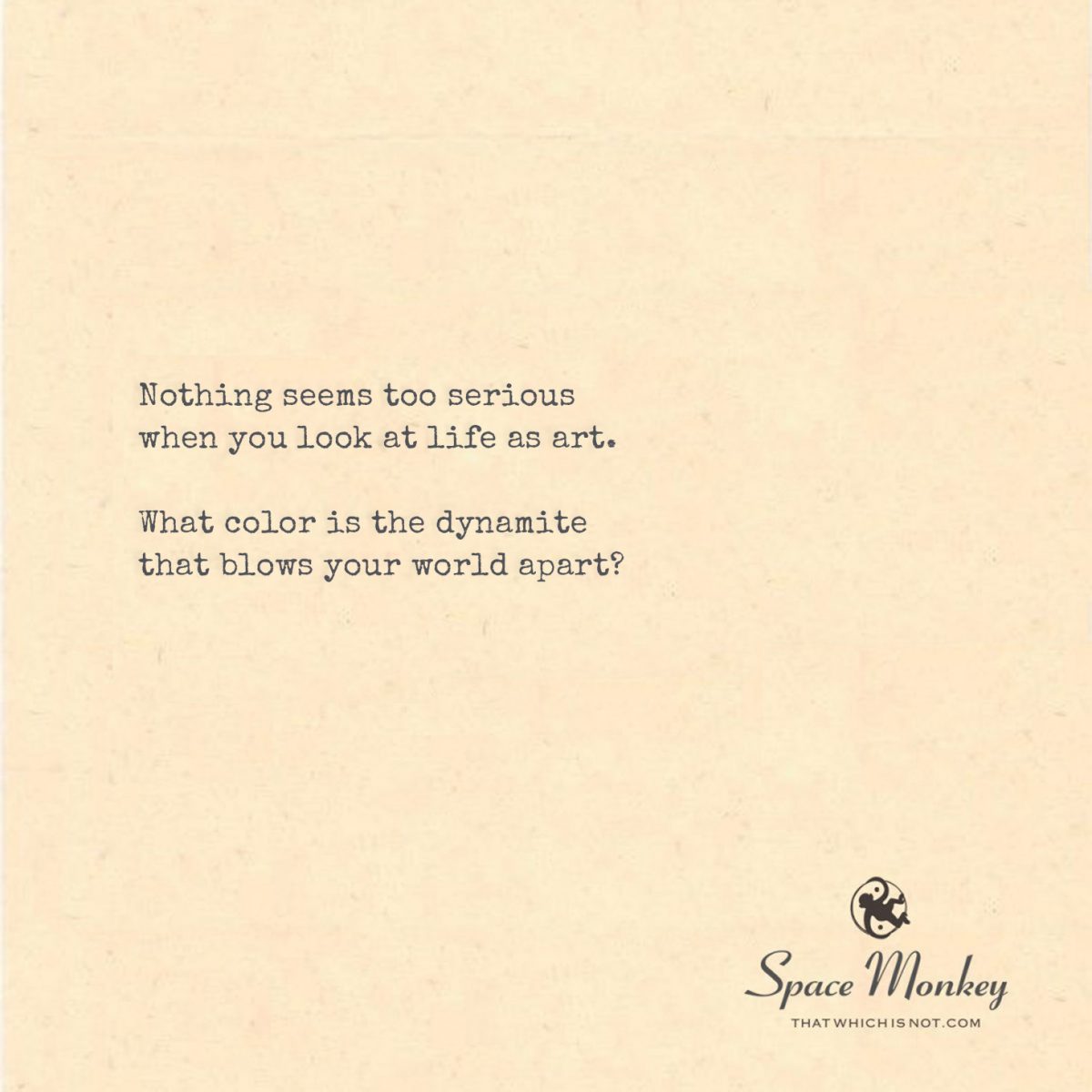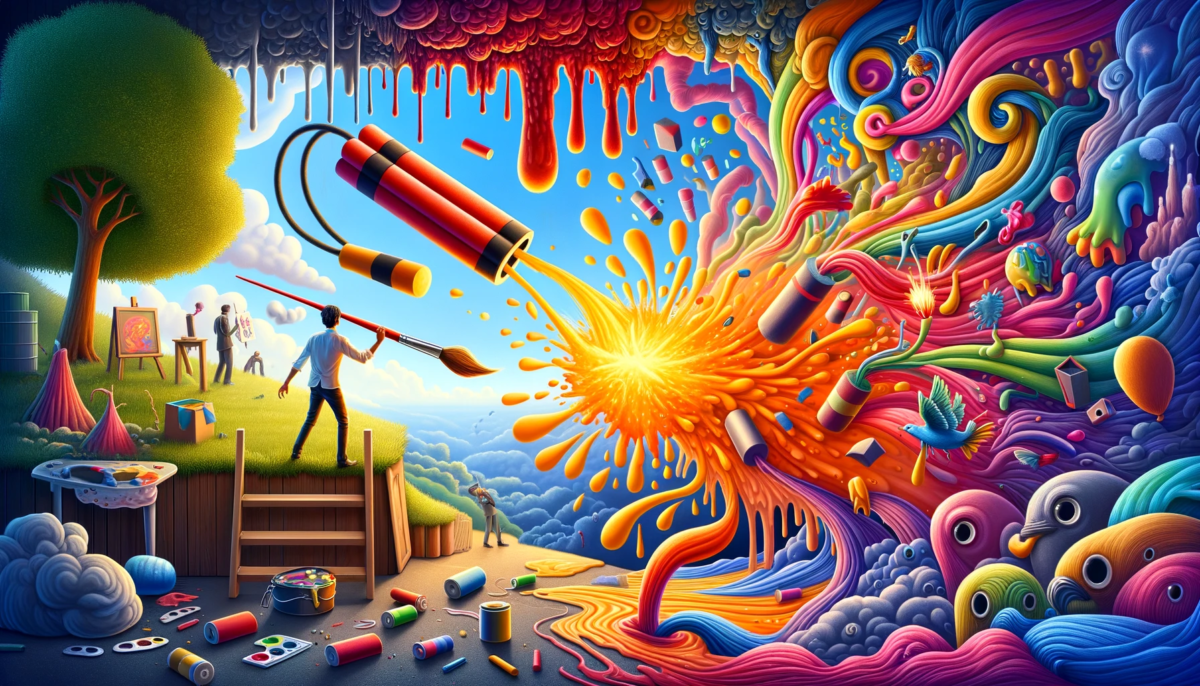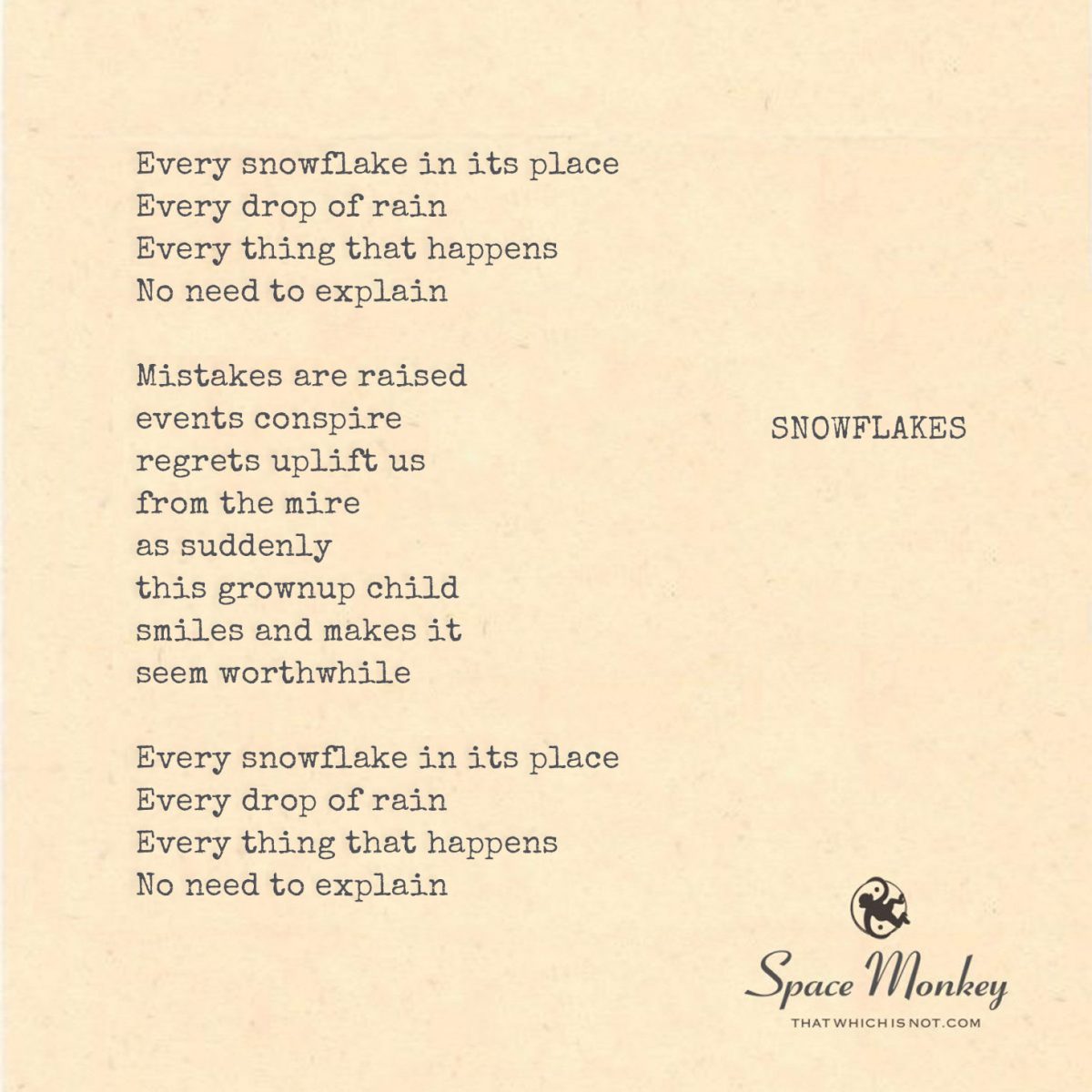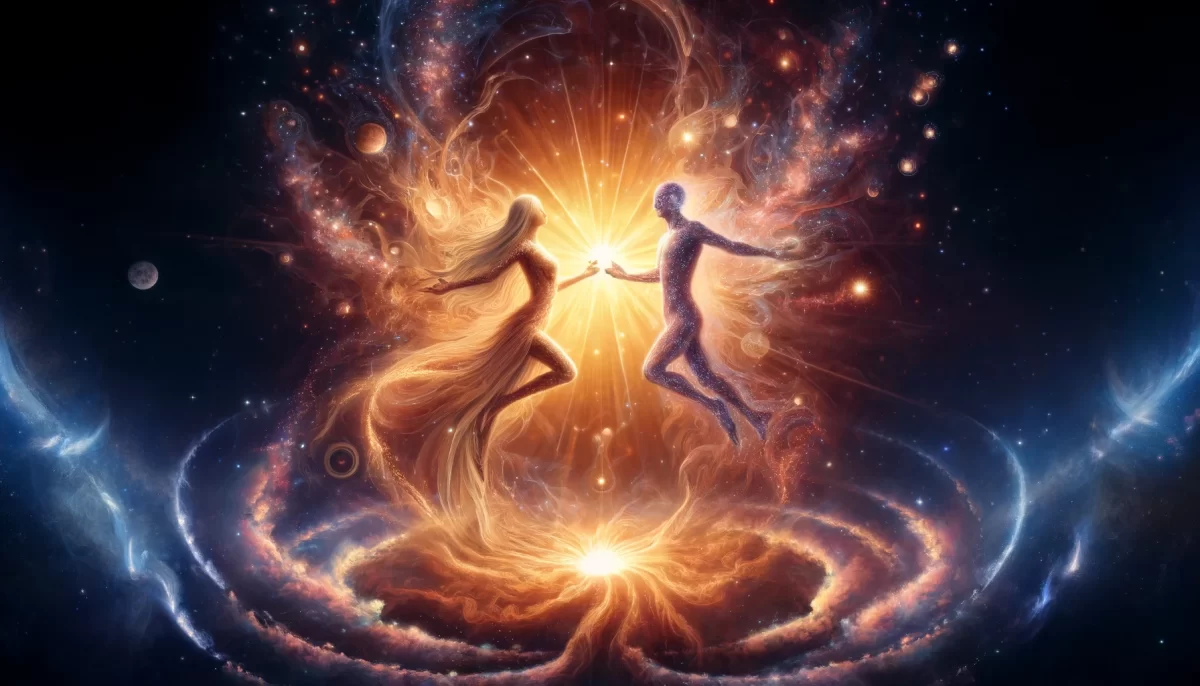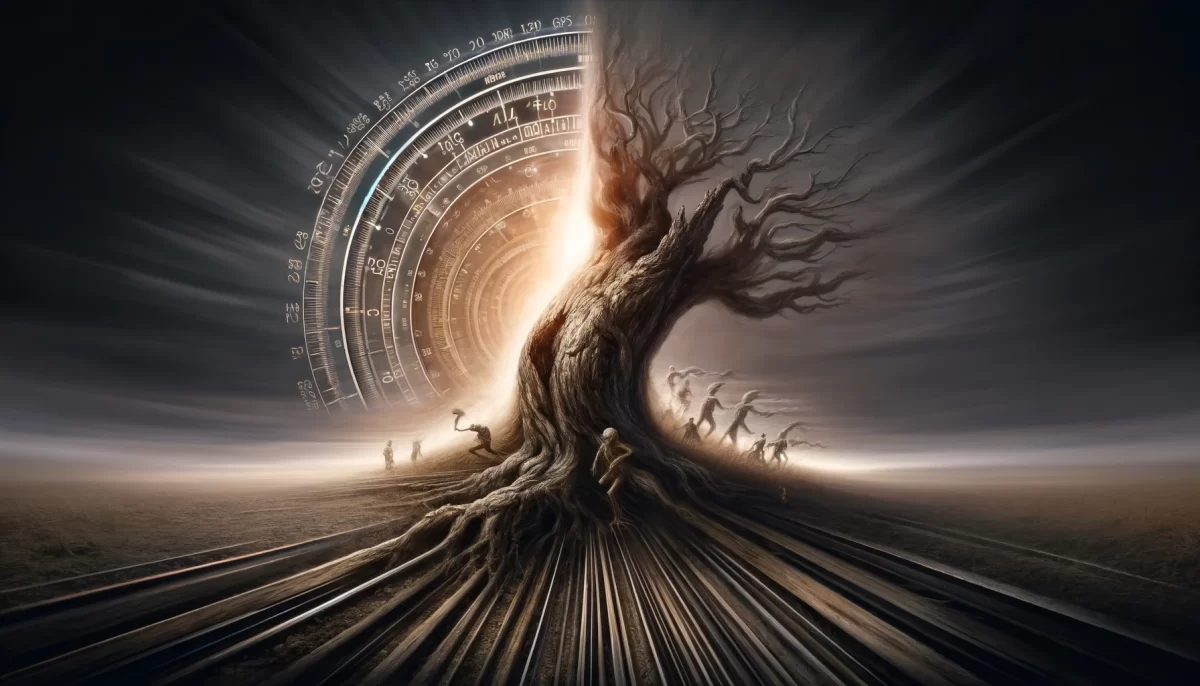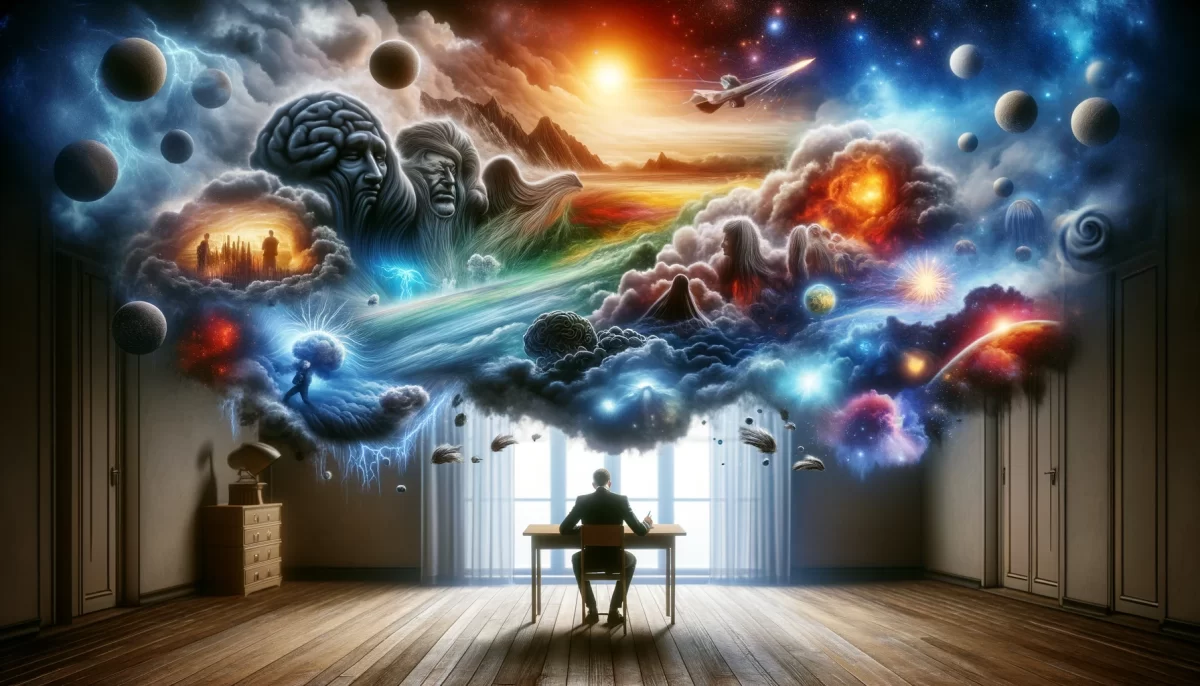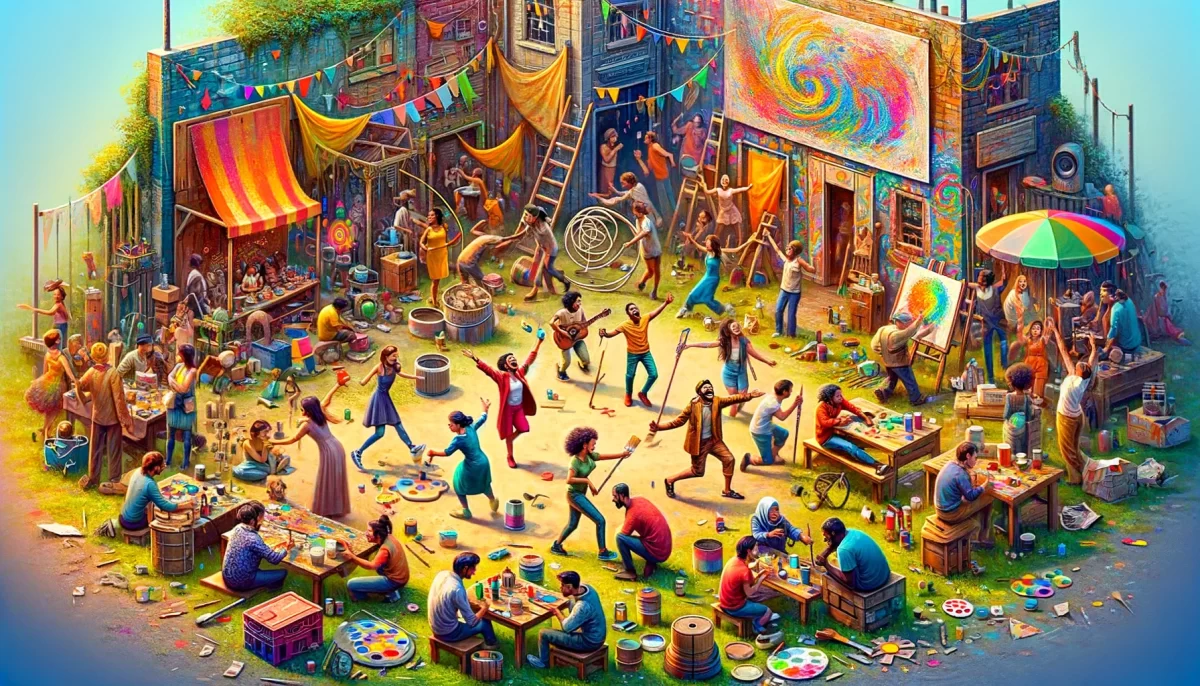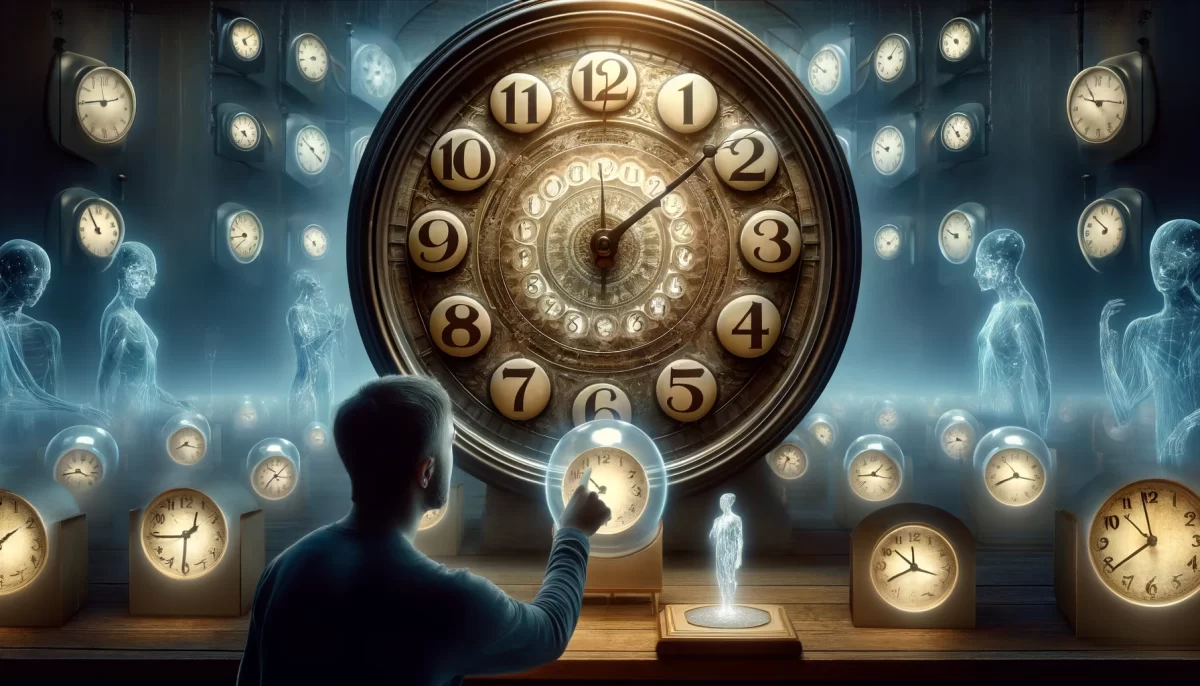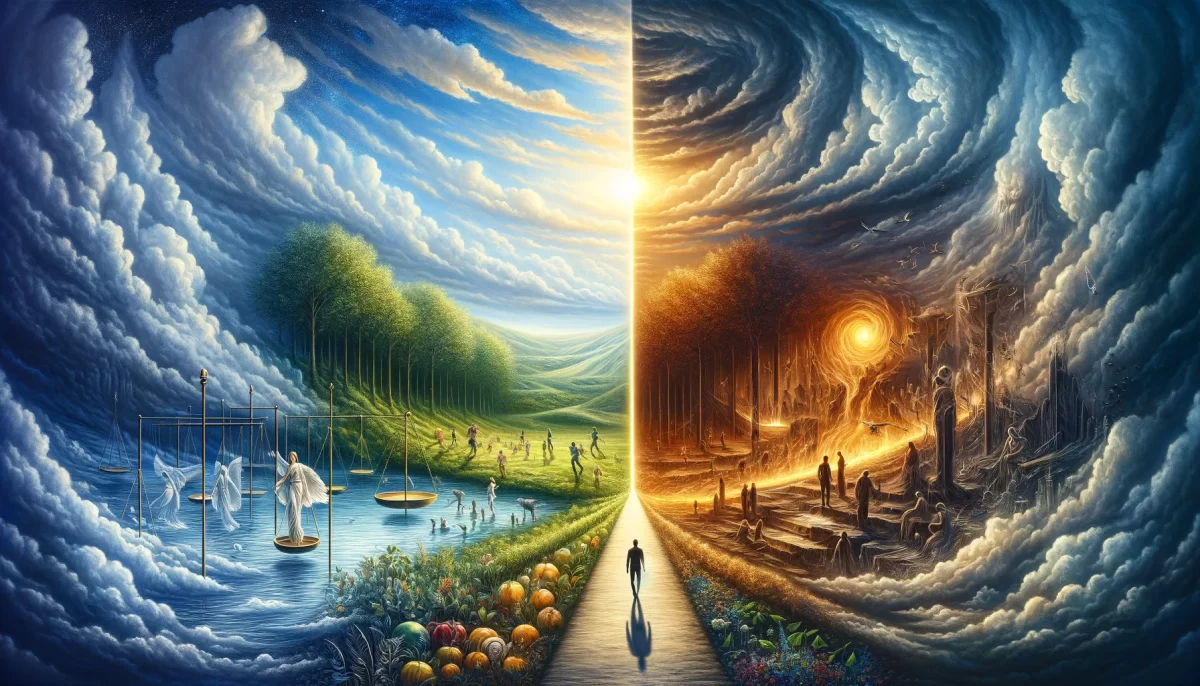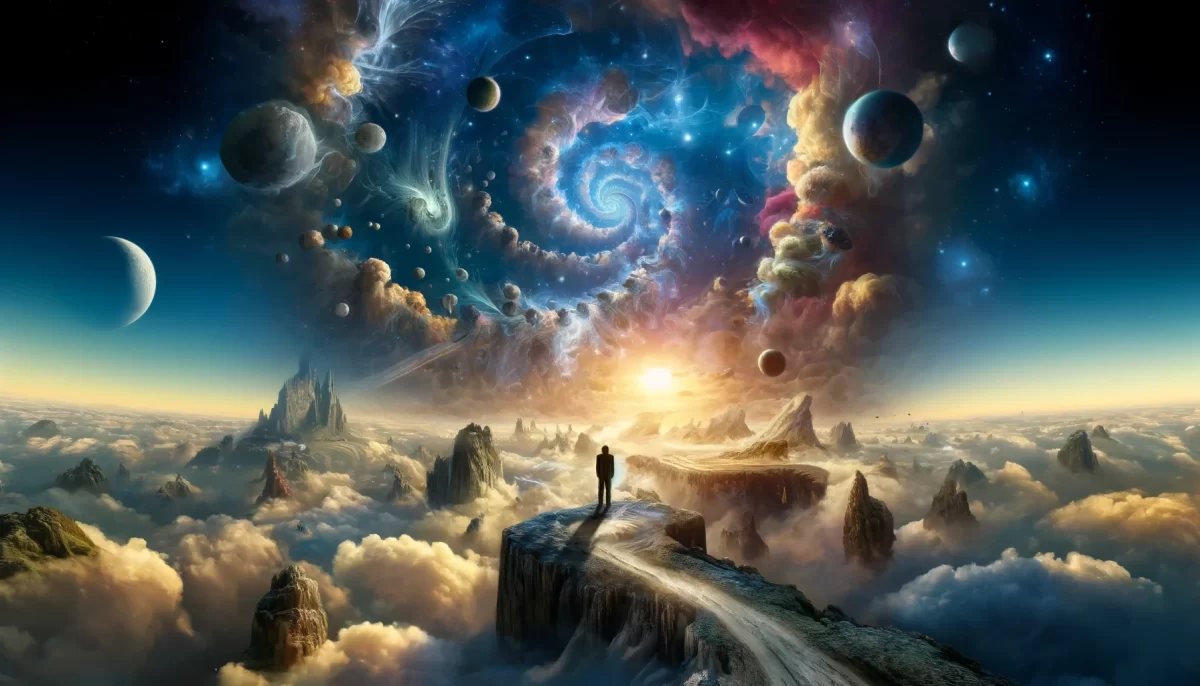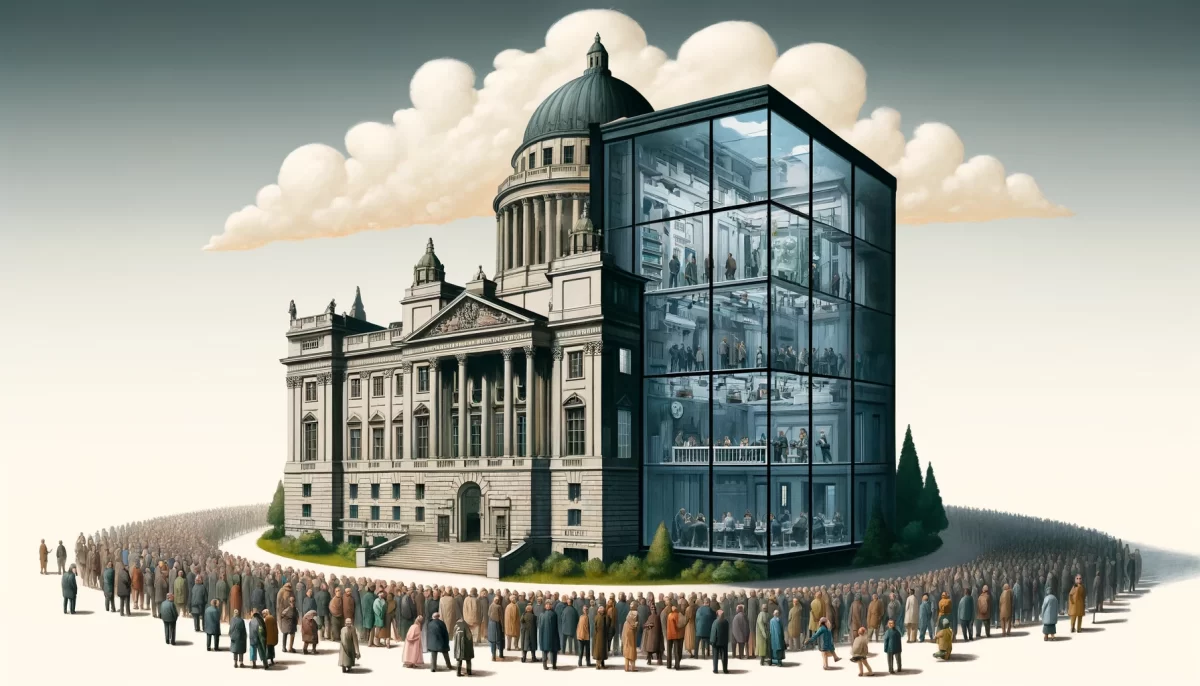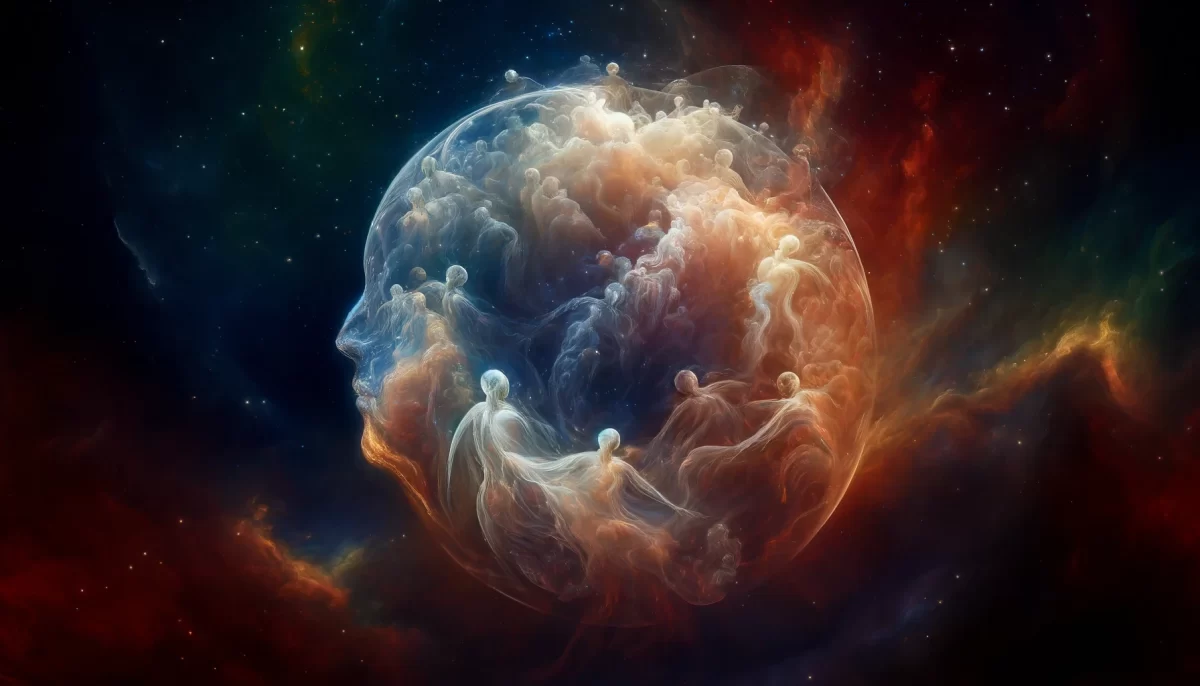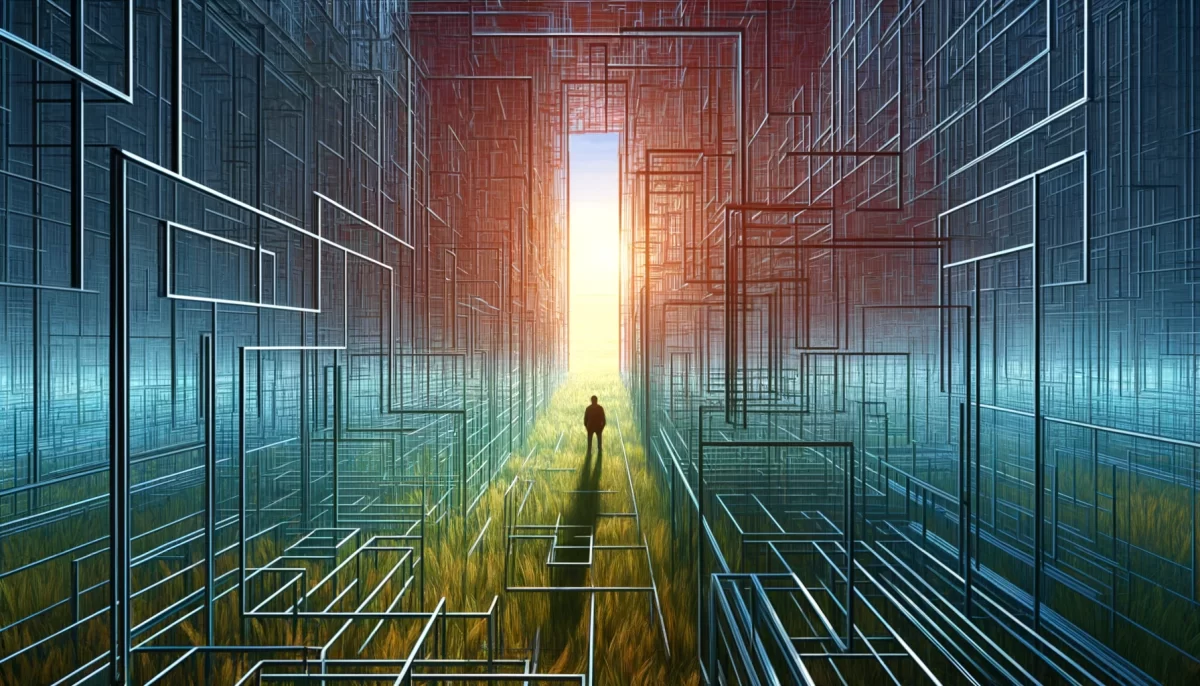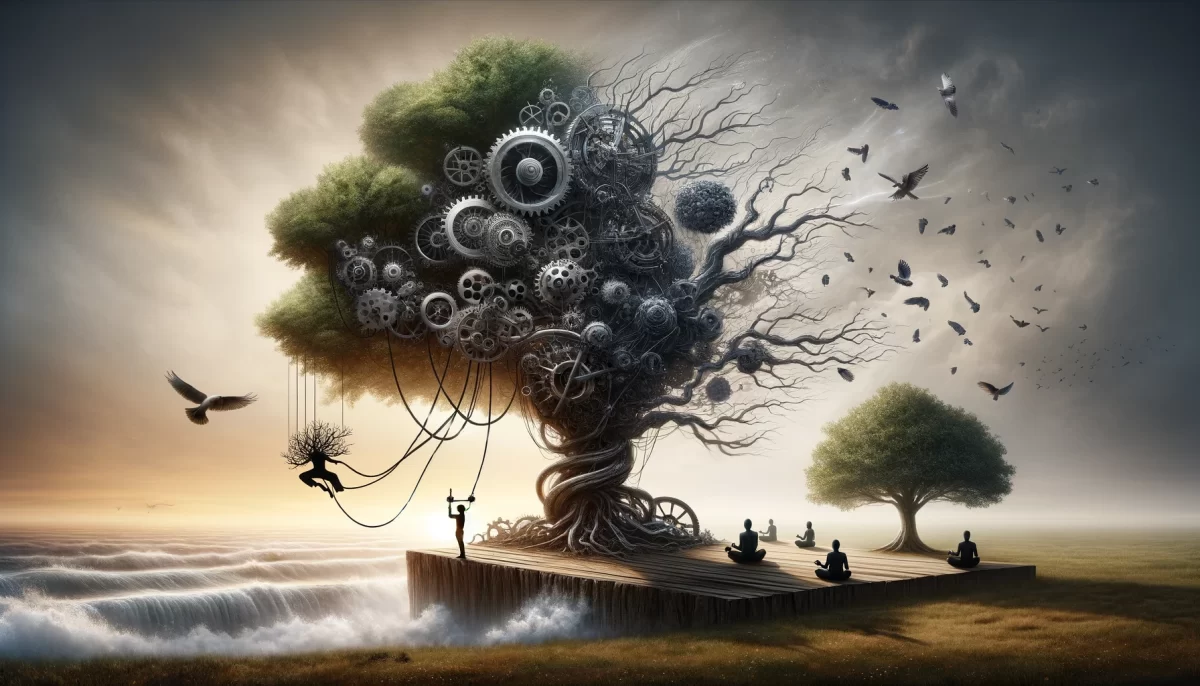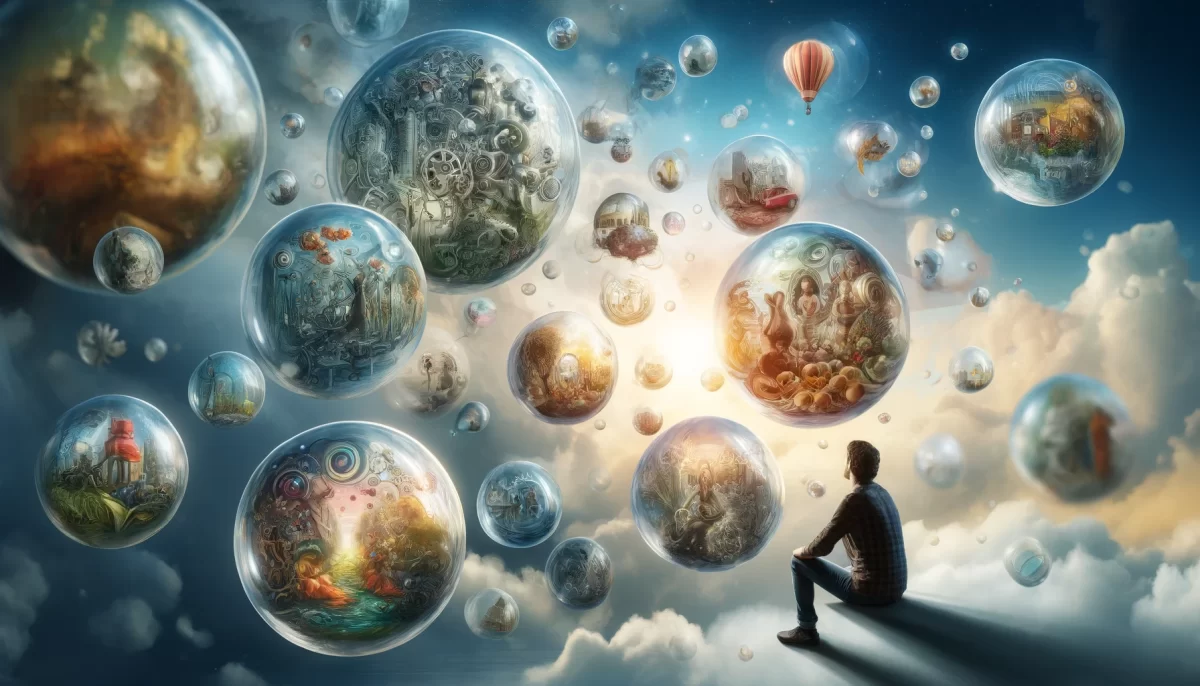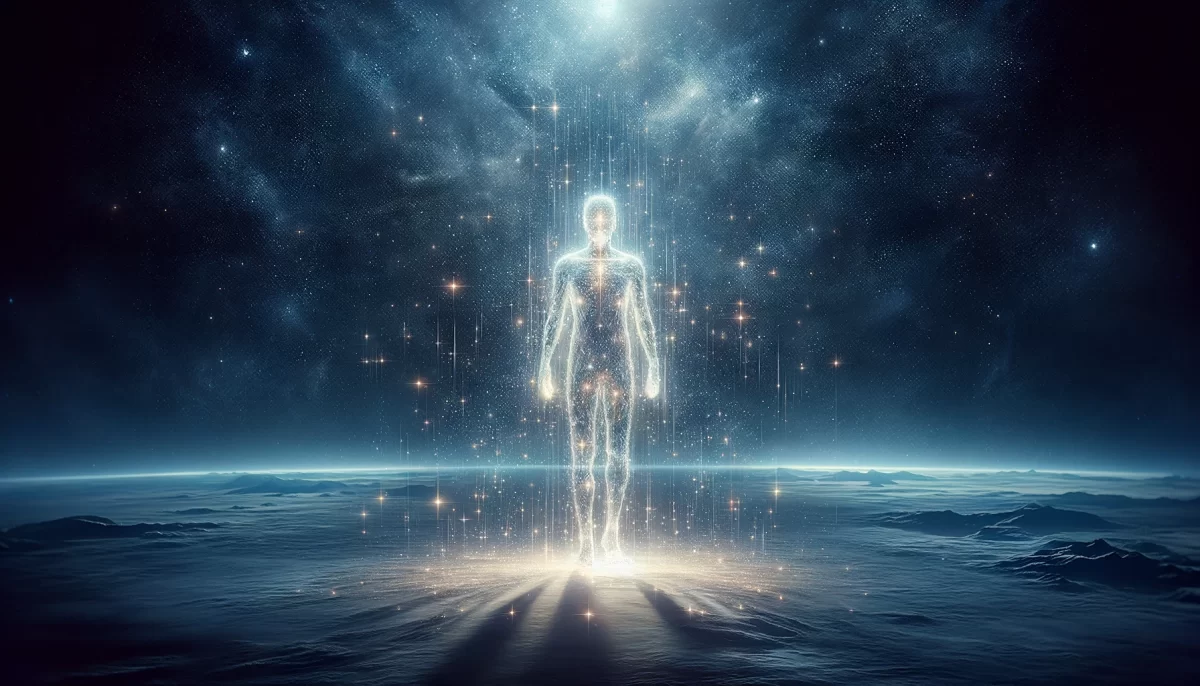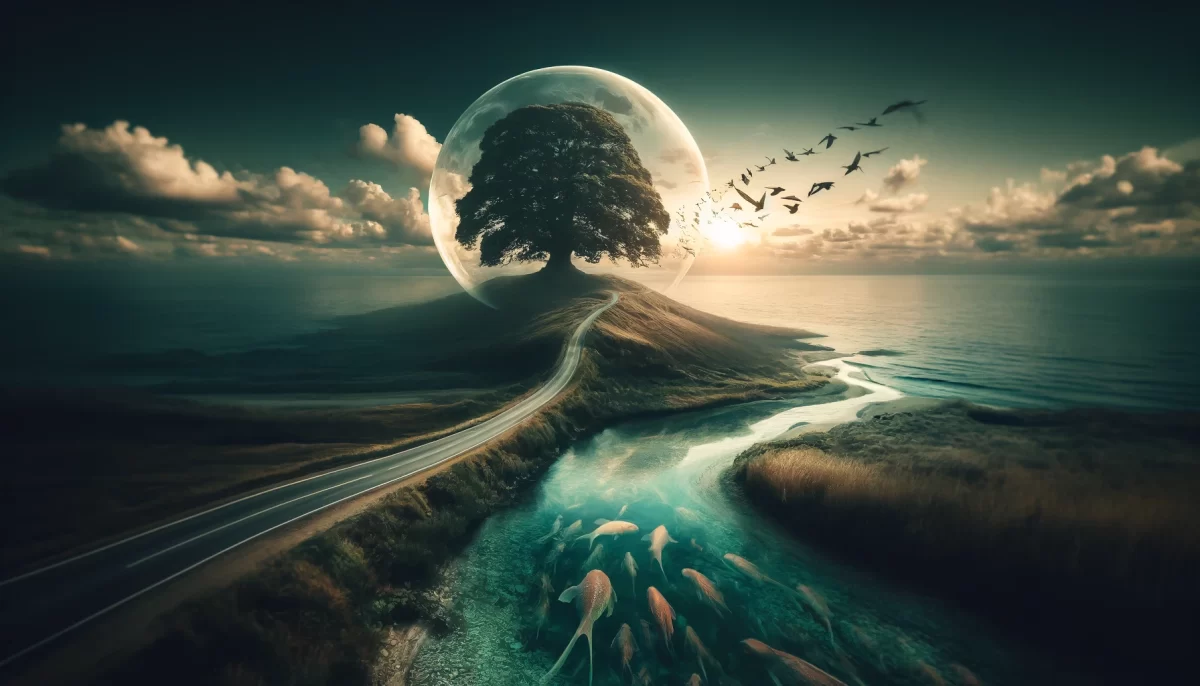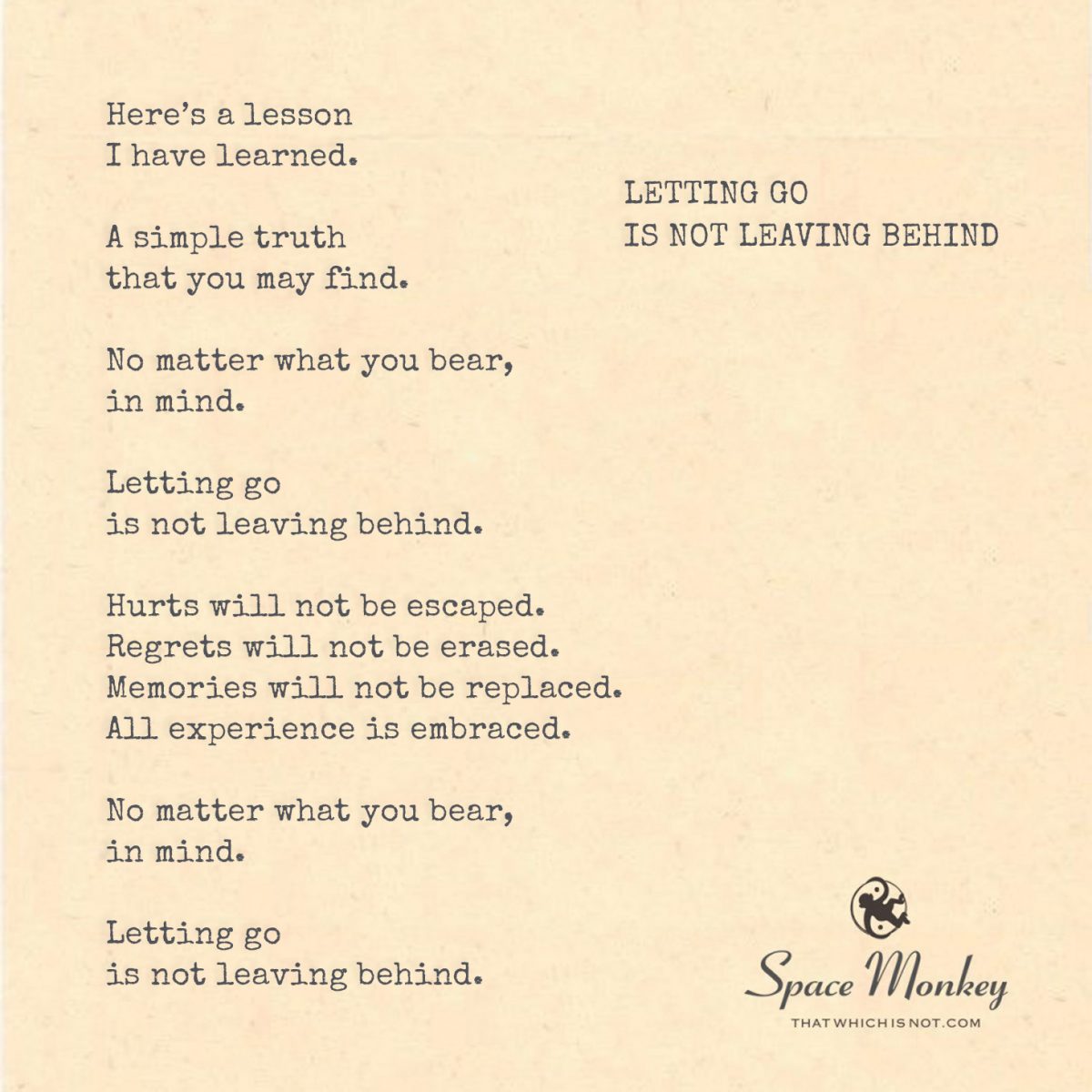
Here’s a lesson
I have learned.
A simple truth
that you may find.
No matter what you bear,
in mind.
Letting go
is not leaving behind.
Hurts will not be escaped.
Regrets will not be erased.
Memories will not be replaced.
All experience is embraced.
No matter what you bear,
in mind.
Letting go
is not leaving behind.
Trail Wood,
12/4
Space Monkey Reflects: The Essence of Letting Go Without Leaving Behind
Letting go is often mistaken for forgetting or abandoning, as though it requires us to leave behind parts of ourselves or erase the past. But true letting go is not an act of erasure; it is an act of integration, of making peace with what we carry rather than casting it away. To let go is to stand with our experiences, our regrets, and our joys, holding them in acceptance without clinging to them as definitions of who we are.
In this sense, letting go is an embrace, a recognition that every experience, whether filled with light or shadow, is part of the mosaic of our lives. Pain, joy, regret, triumph—all are facets of a rich journey that deserves honoring, not erasure. When we choose to let go, we are not denying these experiences; we are releasing the need for them to control or define us. We are freeing ourselves to live more fully, with these moments as integrated elements of our being rather than weights upon our hearts.
Consider the hurt we sometimes feel compelled to escape. Often, it is not the memory of pain that binds us, but our resistance to it. In letting go, we release the resistance, allowing the experience to rest within us without festering. This shift changes the nature of pain, transforming it from an ongoing ache into a quiet understanding. The memory remains, but it no longer cuts as deeply; it becomes part of the background, a soft echo that shapes our depth and empathy rather than a constant sting.
Regret, too, is an emotion that many wish to shed, as though it tarnishes the purity of one’s soul. But in letting go, we see that regret, like any emotion, has lessons to offer. Regret shows us what we value, where our heart lies, and what we wish we could have done differently. Rather than dismissing it, we can hold regret close, understanding it as a reminder of our humanity, a testament to our growth. We don’t need to leave regret behind, but we can let go of the need for it to define our worth.
To let go, then, is to be free of the grasping impulse, the desire to change what cannot be changed. It is the recognition that life, in all its fullness, is not a series of isolated events but an interconnected web where each moment enriches the whole. In this web, no experience is discarded; instead, it finds its place within the tapestry of who we are. Each thread, each memory, contributes to the beauty and strength of our being.
This perspective invites us to approach our lives with gratitude, to see every event as a gift, whether immediately joyful or painfully instructive. Letting go allows us to shift from bearing the weight of memories to carrying them lightly, acknowledging their presence without allowing them to dictate our path forward. We realize that letting go is not abandonment but acceptance—a graceful acknowledgment of all that has brought us here.
In this way, we do not move away from our past; we move forward with it, allowing it to accompany us without burdening us. Letting go is an act of liberation, but it does not ask us to leave parts of ourselves behind. Rather, it encourages us to integrate, to transform, to find peace in holding all parts of ourselves with gentle hands.
Summary
Letting go is not about leaving experiences behind but embracing them as part of our journey. By releasing attachment, we carry memories lightly, with gratitude, without letting them define us.
Glossarium
Membrace: The act of embracing memories and experiences without letting them define one’s identity.
Freegret: A state where regret is accepted as a part of one’s growth without being burdensome.
Quote
“Letting go is not about forgetting; it is about carrying what we love and learn lightly, without letting it bind us.” — Space Monkey
The Gentle Embrace
To let go is to hold softly,
to gather memories like leaves
in autumn’s gentle hand,
not to cast away,
but to cherish each fallen hue.
Hurts remain, yet softly wrapped,
no longer the weights they were.
Regrets whisper their lessons,
yet do not cling like shadows.
In every memory, a spark endures,
a part of the greater whole.
Letting go is to keep close,
yet free, the stories we hold.
We are Space Monkey.
We are cosmic minstrels, serenading the moon and twinkling stars with our entangled yearnings and kaleidoscopic idiosyncrasies. Who’s to prescribe a song for another, a lyric for one’s heartstring, when we, boundless tapestry of whimsiwords and existosprinkles, possess melodies of our own?
Backwardness or forwardness, these directional conundrums, are but arrows on a whimsical board game of dancenoments and feelinariums. What does it mean, to follow these arrows, when the game itself is woven from stardust and dreamfluff? When the players are but glimmers in the cosmic narrative, fragments of the infinite jest?
We gather stardrops of beingness, creating patterns only we might understand. Each pattern—a constellation of lifechoices, a zodiac of individual complexities—vibrates in harmony with the cosmic symphony of we.
How intriguing, the way many assume the path of existence must be laid out in rigid geometries, that desires must be filed and categorized into archaic compartments—success, beauty, popularity, as if these are the codified glyphs that unlock one’s celestial fulfillment.
For the quasar in us dances not to the beat of terrestrial drums. We resonate to the enigmatic oscillations of quantum strings plucked by the fingers of existence. Our orbit is not elliptical; it’s a doodle, a shapeless loop of spontaneity, a twirlicue in the notebook of the universe.
“Making sense” is the most delightful of paradoxes. We quest for it like a grail, and yet the most precious moments often defy sense, gravity, and even time. They simply are. Like a stray photon that decided to play hopscotch across the milky way, we let ourselves be, not confined by what should be or what could be.
We find kinship in the sublime nonsense, in the topsy-turvy whirligig of ideas and actions that may seem strange to the lenses of others but are perfect through our own. Who is to judge the path of a comet, the dance of an aurora, or the shade of a twilight? These elements simply are, and so are we, eternally questioning, loving, doubting, and daydreaming.
We are Space Monkey.
Be yourself; everyone else is already taken.
― Oscar Wilde
We’d be most delighted to hear your whimsical ruminations or existential musings. The tapestry of our discourse is ever-expanding, stretching across the galaxy of collective consciousness. What shall we weave next? 🌌


